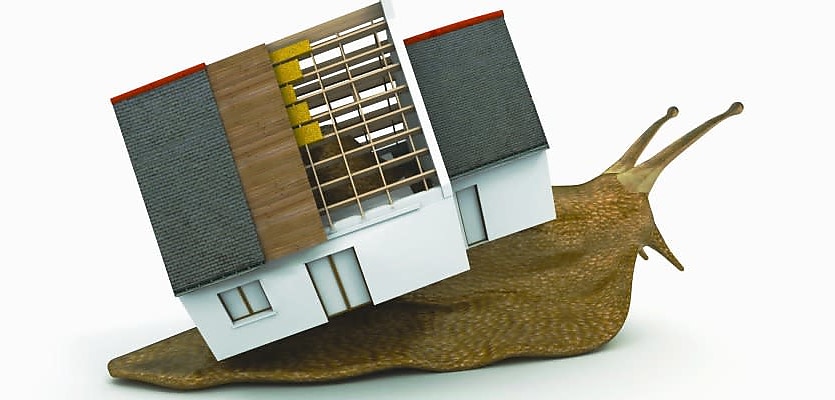Figures released today by SQM Research reveal that national residential listings rose in February 2018 by 4.6 per cent to 317,984, as home owners re-emerge from the summer break to list their properties amid signs of the property market continuing to slow.
The rise in listings was led by Sydney, with a 19.3 per cent jump over the month. Sydney’s listings are also up by 22.3 per cent from a year earlier, as some home owners look to take profits ahead of the slowdown.
Sydney’s rise is followed by Melbourne’s, at 19.1 per cent.
In Canberra, listings jumped by 15.5 per cent, to be up by 5.0 per cent from a year earlier. In Brisbane, stock on market rose by 2.4 per cent in February while Perth listings rose by 2.9 per cent.
Listings were barely changed in Darwin, with a rise of just 0.1 per cent over the month, to be up by just 0.4 per cent over the year.
In contrast, listings were down in Hobart by 2.7 per cent in February, and down by 31.8 per cent from a year earlier, with a deep shortage of homes available for sale.
Melbourne stock levels also remained down from last year by about 10 per cent, though a shortage of properties for sales has eased in that city.
Managing director of SQM Research Louis Christopher said that he is unsurprised by the results.
“The rise in February listings was expected as home owners listed their properties with the new year well underway,” the MD said.
“That helped to take the pressure off asking property prices, which were down in capital cities over the month to 6 March, especially in Sydney.
“We are also seeing increasing levels of stock hit the market in Melbourne, which may help to ease property price growth over the first half of 2018.”
He said that Hobart was bucking the trend.
“However, in Hobart, home seekers are frustrated by a steep shortfall of properties available for sale as a combination of sharp price rises and the small amount of residential property there keep listings down.”
The research also found that capital city asking prices fell by 1.0 per cent on average for houses and by 0.7 per cent for units for the month.
The largest monthly fall came in Sydney, where asking house prices fell by 1.5 per cent and asking unit prices slipped by 0.6 per cent. Over the year, prices were up by 5.5 per cent and 5.9 per cent, respectively.
Gains have moderated too in Hobart despite the shortage of properties for sale. Asking prices for units were up by just 1.1 per cent over the year, after falling by 1.3 per cent over the month. Asking house prices rose by 5.7 per cent over the year, after falling by 0.4 per cent over the month.
Year-on-year asking prices were up by the most in Melbourne, where asking prices for houses were up by 19.9 per cent and unit prices were up by 13.7 per cent.
Canberra, too, has recorded strong gains, with asking house prices up by 16.6 per cent over the year and asking unit prices up by 7.8 per cent.







You are not authorised to post comments.
Comments will undergo moderation before they get published.